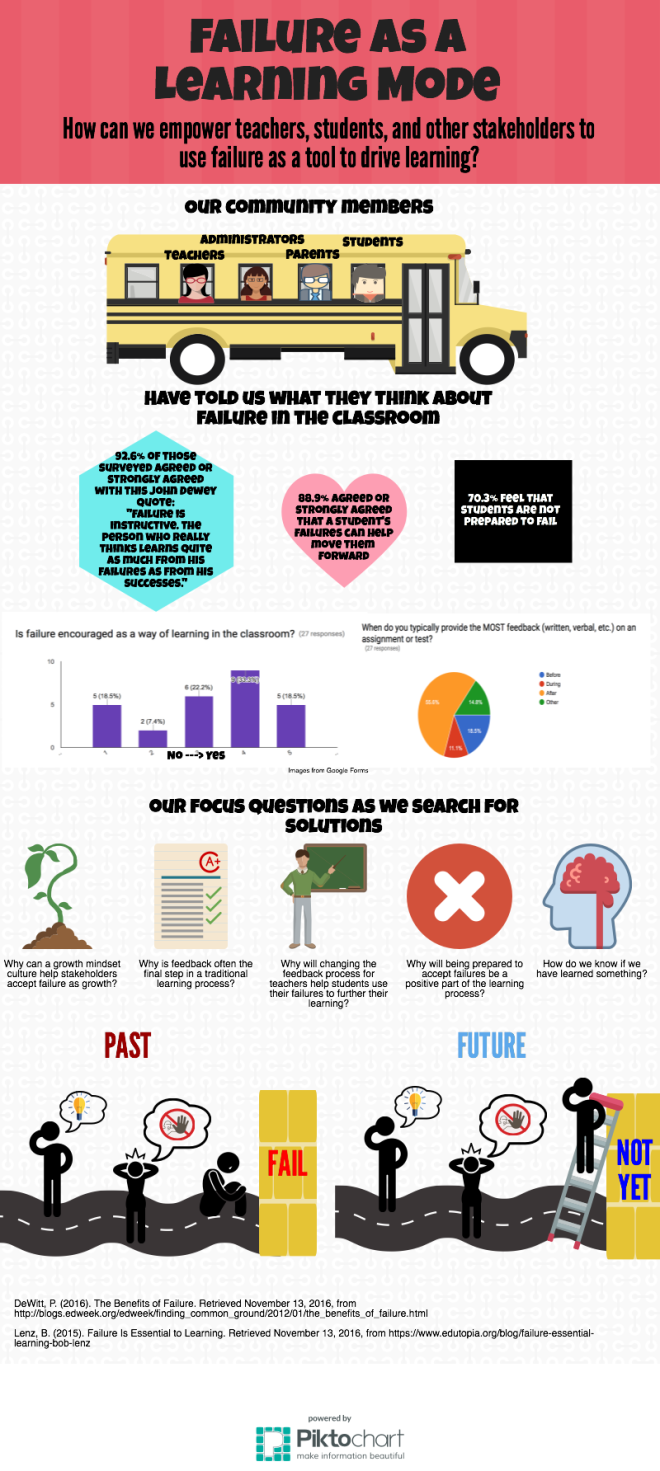As I took the time to explore my professional learning network (PLN) info diet, I found that the resources that it consisted of was mainly that of like-minded educators that value innovation and the use of technology in the classroom. It also includes very creative educators that create resources and lessons that make the classroom an engaging place to learn. The Twitter account that I use for my classroom and to network with other teachers in my school district was definitely a great example of an affinity space that I had created. An affinity space is the “bubble” that people create to reflect their own interests and ideas often, intentionally or unintentionally, excluding views that differ from their own.
When examining my Twitter account, which is one of my most used PLN spaces, I found that I had been following very few educators outside of my school district and mostly educators in the grade levels that I have taught. I work in an incredible school district surrounded by talented educators so my Twitter feed has always been a source of great inspiration and it definitely has helped me to develop a strong foundation in the areas that are important to my district including curriculum development, building a culture of thinking, and encouraging a growth mindset in the classroom. While the focused PLN I had before this week was great and had helped me to grow as an educator, after learning about affinity spaces and filter bubbles (Pariser, 2011) I can see that I may have fallen into this networking bubble that constantly confirms the work I do rather than push or challenge my thinking.
After realizing that I was limiting my PLN and my own self-directed professional development, I knew that I would have to mage some changes. I focused on three areas to expand my network: teachers in other districts, teachers in different grade levels, and education research groups. The addition of teachers in other districts allows me to see what is going on around the state and country that could be used to enhance the work I am already doing and give me new and interesting ideas that could work in my classroom. Adding a number of teachers from other grade levels to my network, I am now able to see more examples of where the students came from and where they will go after they leave my classroom. I am also able to adapt work that other teachers create to fit my students’ needs and my curriculum. Beyond Twitter accounts run by individual teachers, I also added many different connections on Twitter that highlight new trends in education and what other teachers are doing in their classrooms. These accounts include groups focused on using technology in the classroom, governmental agencies, news outlets, and educators that work outside of the classroom.This addition will help to keep me up to date on new trends and developments in the education world.
In order to find many of the new resources that I have added to my PLN, I created a Tagboard to follow tweets that include #edtech. Not only did this help me to find more resources to add to my PLN, but I also discovered that Tagboard can be a very convenient way to follow a topic of interest on Twitter! I will definitely be using this platform when looking into various hashtags! To get a peek into the #edtech Twitter network, check out my tagboard below – click the photo to visit the actual tagboard!
Pariser, Eli. “Beware online “filter bubbles” | Eli Pariser.” YouTube, uploaded by TED, 2 May 2011, https://www.youtube.com/watch?v=B8ofWFx525s.

